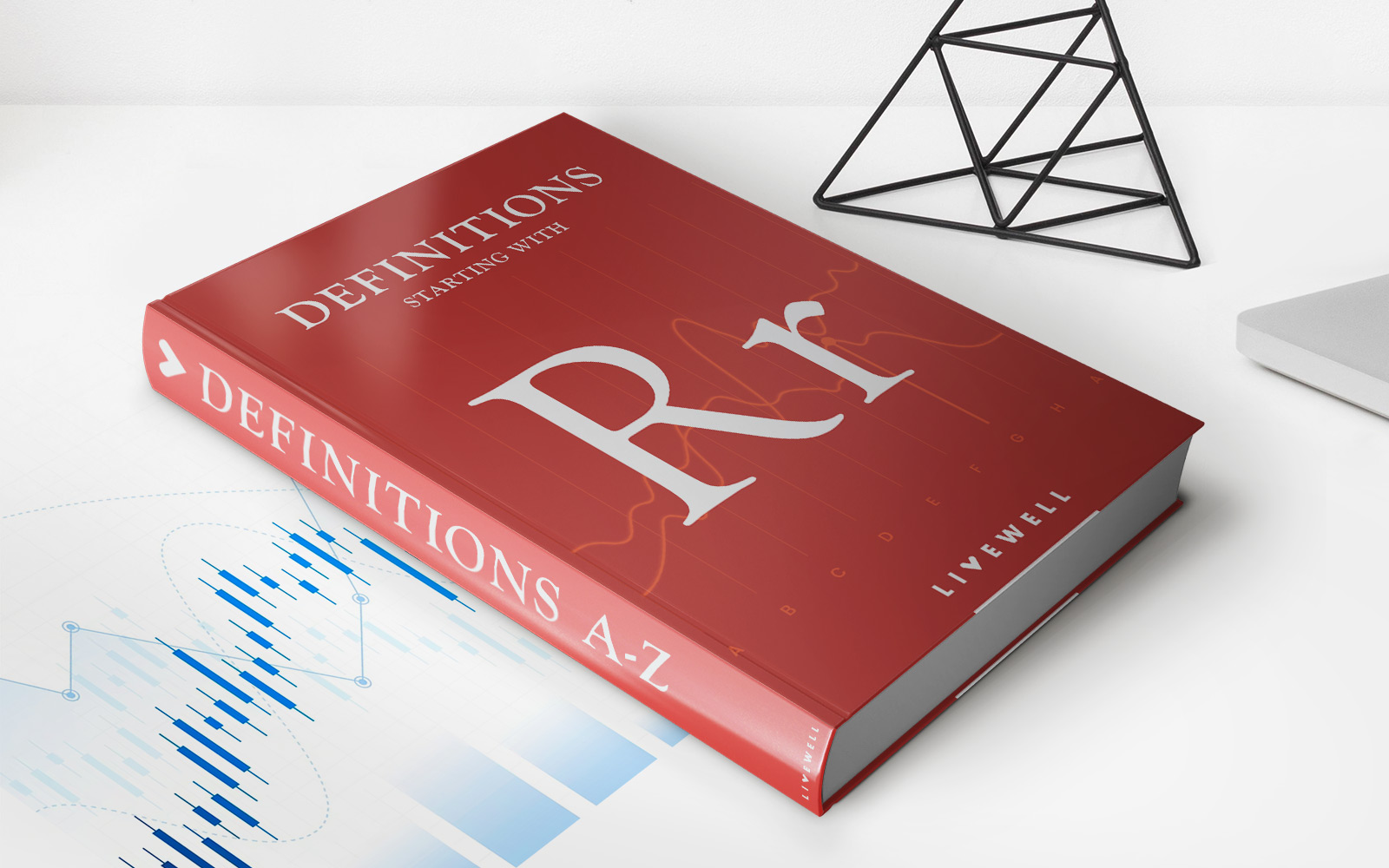Home>Finance>What Is A Tax Base? Definition, Formula, And Examples


Finance
What Is A Tax Base? Definition, Formula, And Examples
Published: February 6, 2024
Learn the definition, formula, and examples of a tax base in finance. Understand how it impacts your financial obligations and taxation process.
(Many of the links in this article redirect to a specific reviewed product. Your purchase of these products through affiliate links helps to generate commission for LiveWell, at no extra cost. Learn more)
What Is a Tax Base? Definition, Formula, and Examples
Welcome to the Finance category of our blog! In this post, we will explore a crucial concept in the world of taxation – the tax base. Understanding what a tax base is and how it is calculated is essential for businesses and individuals alike. So, let’s dive right in and unravel this topic!
Key Takeaways:
- A tax base is the total value of assets, income, or economic activity that is subject to taxation.
- Calculating the tax base involves determining the applicable rates and multiplying them by the tax base value.
What Is a Tax Base?
Taxation is a means by which governments generate revenue to fund public services and infrastructure. The tax base forms the foundation upon which taxes are levied. In simple terms, a tax base refers to the total value of assets, income, or economic activity that is subject to taxation.
To shed more light on this concept, let’s consider an example. Imagine you own a small business and the tax base for your business would include all the revenue you generate, including sales, profits, and other taxable sources of income. Alternatively, for an individual, the tax base may consist of their salary, investments, property, and other taxable assets.
The Formula to Calculate the Tax Base
Calculating the tax base involves applying the relevant tax rate to the value of the taxable assets or income. The formula is as follows:
Tax Base = Tax Rate × Value of Taxable Assets or Income
For example, let’s say the tax rate applicable to your business is 20%, and your total taxable revenue is $100,000. Plugging these values into the formula would give:
Tax Base = 0.20 × $100,000 = $20,000
So, in this scenario, your tax base would be $20,000. This value represents the portion of your taxable revenue that is subject to taxation.
Examples of Tax Base
Tax bases can vary depending on the type of tax and the jurisdiction. Here are a few common examples:
- Income Tax: For individuals, the tax base may include their salary, capital gains, rental income, and other taxable income sources.
- Corporate Tax: The tax base for corporations typically involves their net profits or taxable income.
- Property Tax: The tax base for property tax is determined by the assessed value of the property.
- Sales Tax: In the case of sales tax, the tax base is the total value of goods or services subject to taxation.
Keep in mind that various tax laws and regulations govern different jurisdictions, resulting in variations in tax bases. It is important to consult with a tax professional or local tax authority to determine the specific tax base relevant to your situation.
In Conclusion
The tax base is the cornerstone upon which taxes are calculated and collected. It represents the value of assets, income, or economic activity subject to taxation. Understanding the tax base is essential for individuals and businesses to ensure compliance with tax laws and regulations.
So, the next time you come across the term “tax base,” remember that it signifies the foundation on which your taxes are built, and calculating it involves applying the relevant tax rates to the value of your taxable assets or income.
We hope this article has provided you with a clear understanding of what a tax base is all about. If you have any questions or would like to explore more finance-related topics, feel free to browse through our Finance category for more insightful articles.














